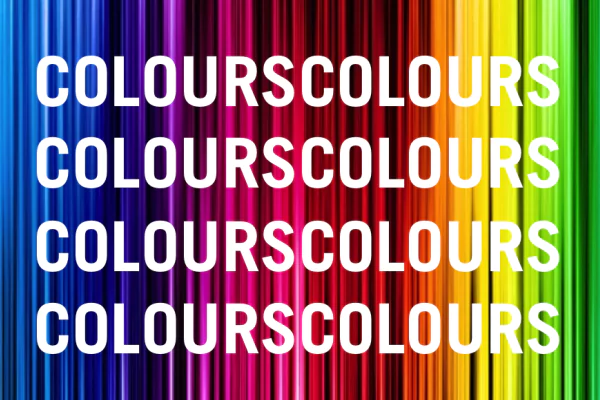
In one of their most-read leadership articles of 2013, Fast Company, posted a blog on the science behind colours in marketing*. They stated that “something as simple as tweaking the colour of a button changes user behaviour or endears people to your product.”
There have been a few articles and studies over the past few years that show just how powerful colour alone is:
– The Button Test by Marc Hemeon, YouTube Cofounder, demonstrates that by putting blocks of colours together you can recognise the brand or logo.
– The Logo Company have created a colour emotion guide that demonstrates which colours are best for which types of companies.
– A Kissmetrics study showed how colours affect conversion rates.
Colour has been used as a tool for marketing and design for years; to engage and persuade someone to buy a product or service. But why is this? Fast Company go on to say that the visual sense is the strongest developed one in most human beings and that 90% of an assessment for trying out a product is made by colour alone. This is also why brands and advertisers spend vast amounts of time and money in getting the colours right for their logos, packaging, ads and communications.
It is no coincidence that Bentley have chosen black for their logo, Virgin have chosen red for theirs or Oral B have chosen blue. But what do these colours mean for consumers? Which colours trigger which feelings?
Black – Used for strength, elegance and authority i.e. Chanel
Grey – Ideal for brands who are associated with being serious, neutral and conservative i.e. Wikipedia
Green – Symbolises safety, nature, growth and stress relief i.e. Starbucks
Blue – Associated with trust, security, confidence and productivity i.e. Samsung
Purple – Linked to royalty and creativity i.e. Hallmark
Pink – Associated with childhood and femininity i.e Claire’s
Red – Signifies energy, life, fire and excitement i.e. Red Bull
Yellow – Linked to grabbing attention, optimism and warmth i.e. McDonalds
Orange – Symbolises ambition, enthusiasm and friendliness i.e. Amazon
It must be noted that colours are subjective – one colour might make one person happy whilst making another feel sad depending on their past experiences or culture. Remember to research the target audience well and choose the most appropriate colours for them.


